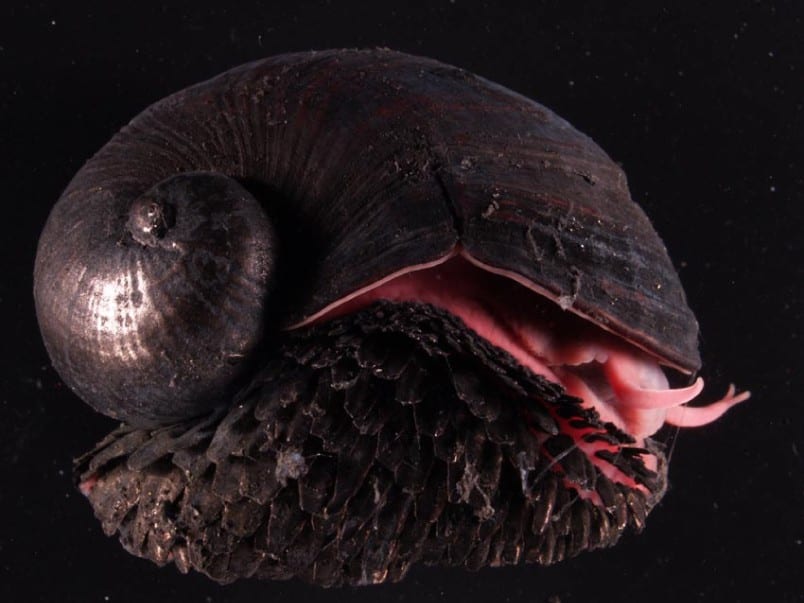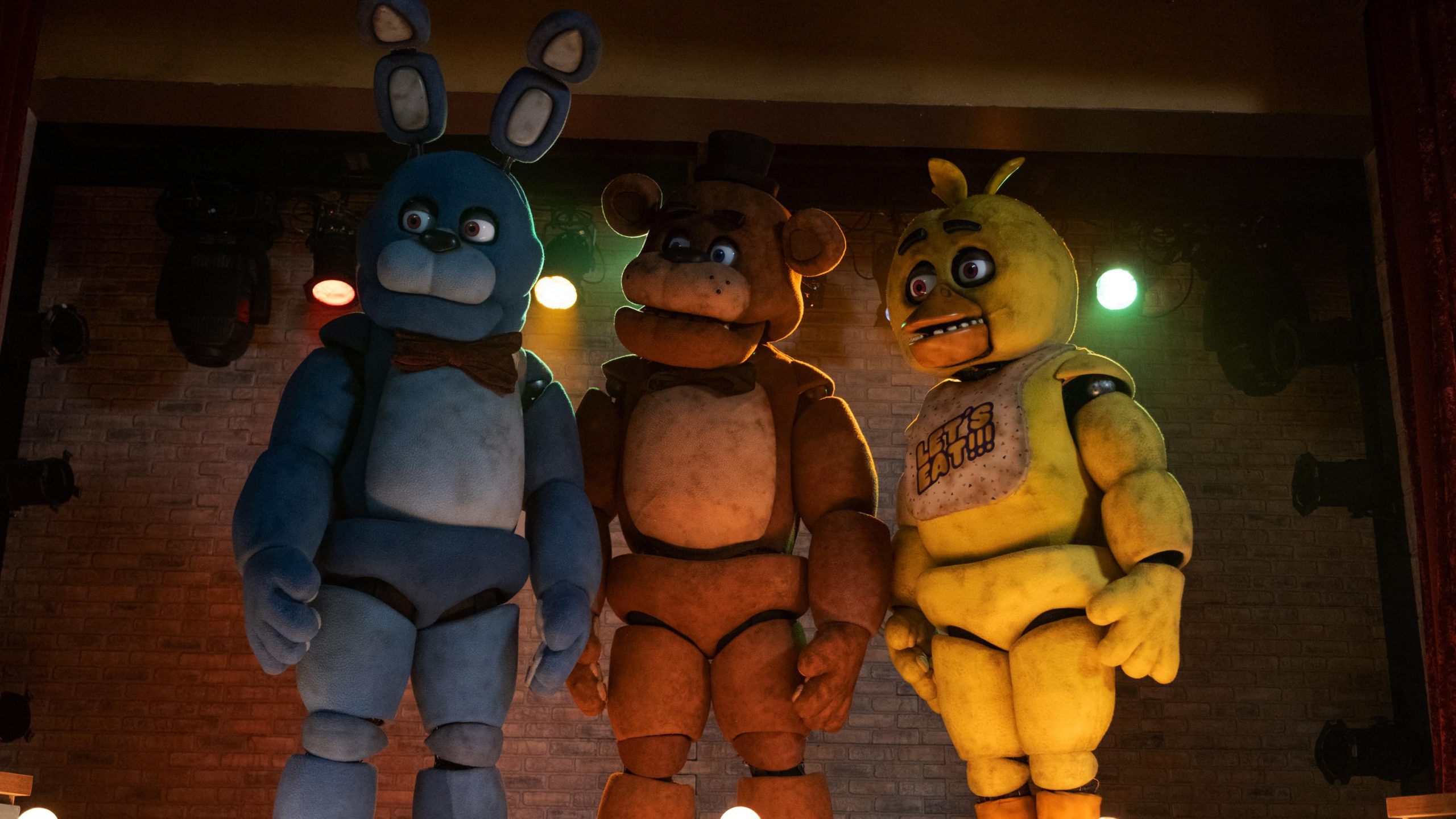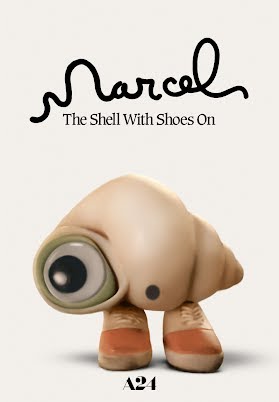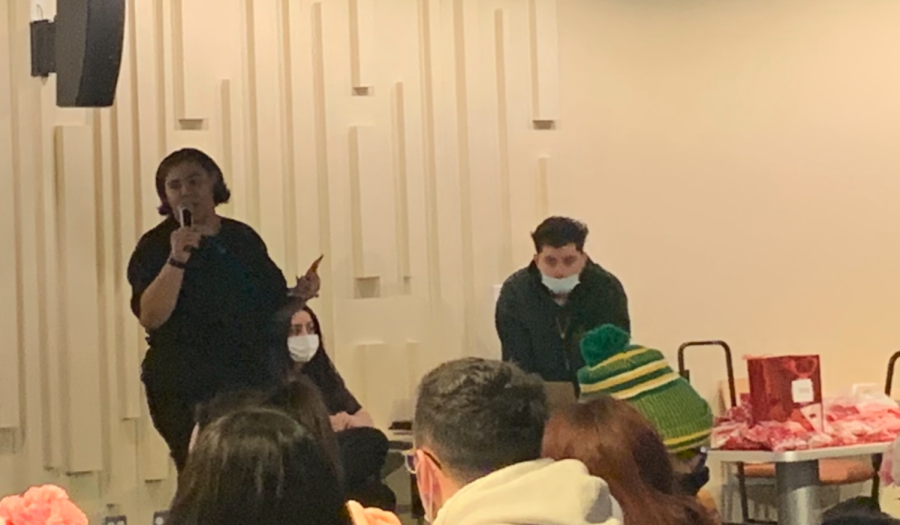
Written By: Robina Ahmad
In 2012, the Ferrero Company released an advertisement that claimed feeding your kids “Nutella” is a great way to help them start their day. Nutella claims to be a perfect spread on multi-grain toast and made with only simple quality ingredients such as hazelnuts, skim milk, and a hint of cocoa. This false advertising led Ferrero to angry parents and lawsuits against them, even though it is clearly obvious a chocolate hazelnut spread would not be healthy.Is Ferrero to blame for false advertising? Or are mothers who don’t bother reading the labels on the food they buy at fault? Nutella was first made in the year of 1946 in Italy. This was a time when chocolate was too high end and expensive for most Italians, so people wanted a good alternative. Nutella was that alternative. Nutella was considered experimental and untraditional and created during a time when benefits of health were not taken as seriously as they are today.
For many of us when we first hear the name “Nutella” not only do we think of its heavenly taste but of how unconditionally bad it is to even take one spoonful of it. In a single serving of two tablespoons add up to 21 grams of sugar which also adds up to 300 calories. The shocking part, the amount of calories in a regular chocolate bar is less than two tablespoons of Nutella.
According to the labels on the brand, there are more than “3 simple ingredients” as said in Ferrero’s advertising. Sugar, palm oil, and hazelnuts, which are 12% of the jar, are the first ingredients. The other ingredients are cocoa, skim milk, reduced minerals whey milk, soy lecithin and personal favorite, vanillin. Vanillin is artificial flavor that has about 95% of vanilla’s strong aroma and rarely any hint of real vanilla. Not only is it lab produced, but is known to have an extremely harmful side effect of neurological disorders like migraines and seizures. The chemical that causes this effect is called ‘Excitotoxin’ and scientists have confirmed it to be very harmful when consumed. Yet the taste is orgasmic so that’s all that would matter!
In the year of 1999, a discovery of palm oil came to existence. Studies showed that not only was it harmful to the rainforest environment but also consuming it would increase the risks of increasing blood level cholesterol. Palm oil is known to be in many of the processed foods we eat today which is why having a home-cooked meal is far safer and healthier to eat. Palm oil is also toxic which will go directly towards the heart, kidney, and lungs. Like Nutella, many other brands that contain this dangerous oil are being debated whether to be boycotted or not. For the sake of our beloved trees it would be best for everyone to put down that jar of Nutella and cook yourself a nice and healthy supper.
As recommended by health activists, doctors and scientists a home-cooked meal is far healthier to consume than processed foods because of the risks. Knowing what is in your food decreases the chances of obtaining any sort of sickness and damage to the body and mind. It’s possible that the foods we see on television can always be made at home but with healthier ingredients. As unbelievable as it sounds, there are many recipes for making homemade Nutella that substitute’s real vanilla in artificial Vanillin’s place. For example, The Splendid Table Website has wonderful recipes on how to make homemade hazelnut spread. Only 7 simple ingredients including sugar, cocoa powder, vanilla extract, melted chocolate, salt and hazelnuts mixed together to create a succulent, creamy, tasty hazelnut spread.
So now you know a little bit more about the origins of, dangers of, and the technical information of Nutella. So what do you think? Do you not care? Will you continue to eat it? Will you cut down on the amount you eat? Did you eat it in the first place? Why or why not? Let us know in the comment section below.
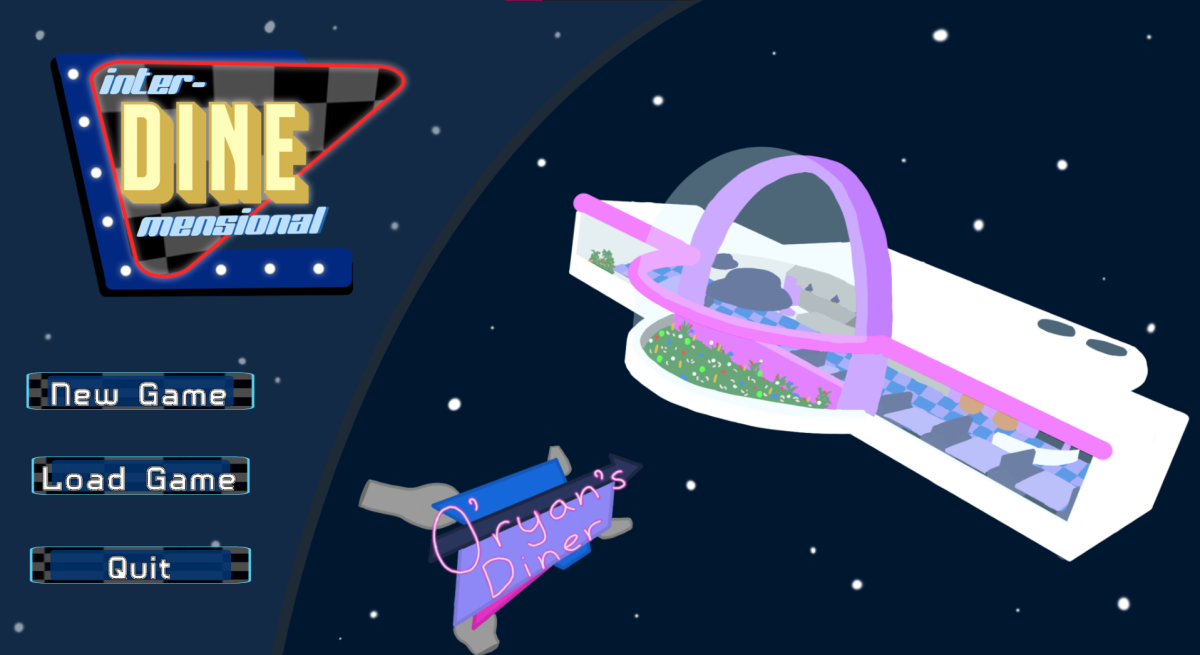
February 16, 2024
February 16, 2024

February 16, 2024

February 16, 2024
Trending Stories
Hazelnutish: A Look At The Reality of Nutella
March 25, 2016
Leave a Comment



